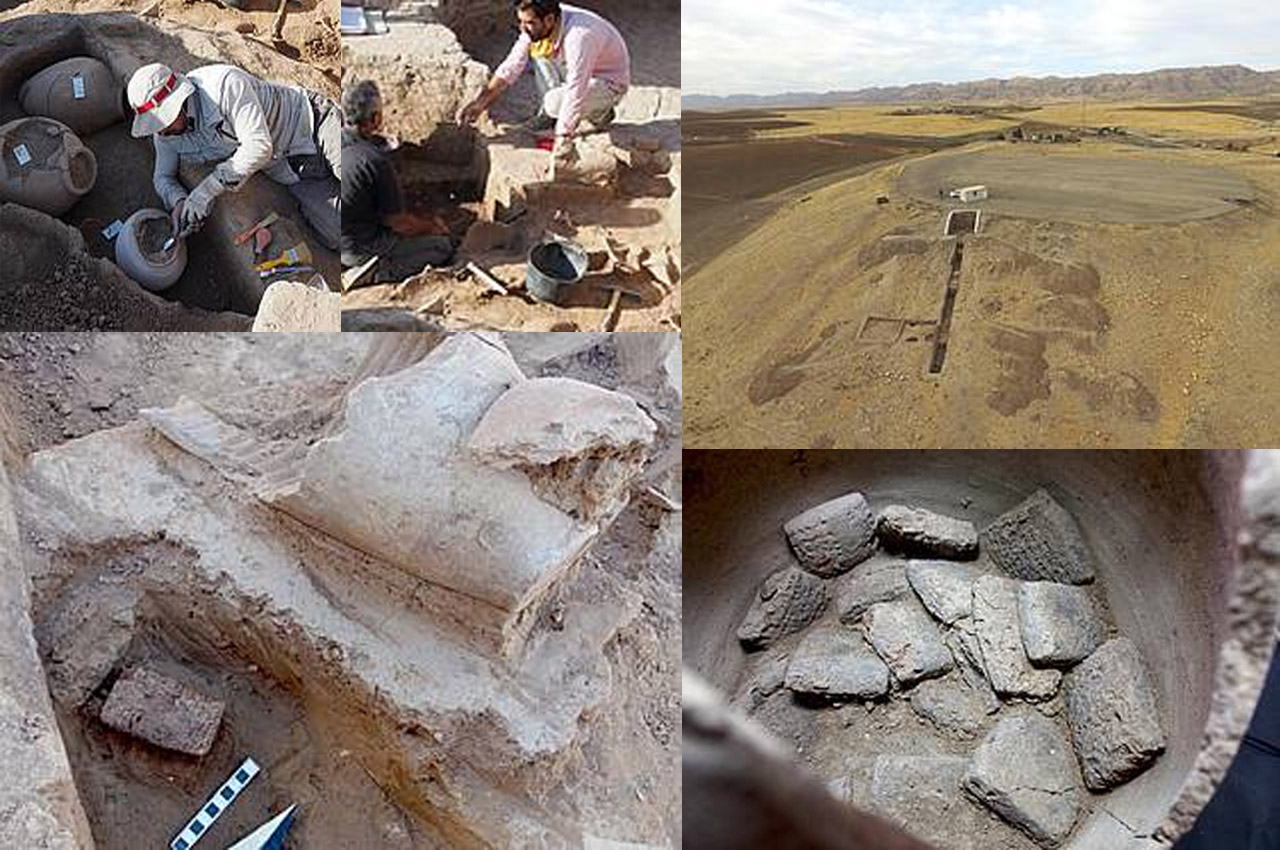Archaeologists from Tübingen’s Institute for Ancient Near Eastern Studies have uncovered an ancient lost city of Mardaman in Bassetki, in Autonomous Region of Kurdistan in Iraq.
This important northern Mesopotamian city is cited in ancient sources, but researchers did not know where it lay. It existed between 2,200 and 1,200 years BC, was at times a kingdom or a provincial capital and was conquered and destroyed several times.
In the summer of 2017, a team headed by Professor Peter Pfälzner excavated the archive of 92 clay tablets. The clay tablets date to the Middle Assyrian Empire, about 1,250 BC. The small, partly crumbling tablets have now been read painstakingly by the University of Heidelberg philologist Dr Betina Faist, who is cooperating as specialist for the Assyrian language with the archaeological project at Tübingen. She used photographs of the texts, which bit by bit shed light on the history of the city and the region at the time of the Middle Assyrian Empire.
And now, through the translations of Assyrian writings found on the tablets, Dr. Faist was able to identify the find site as the ancient city of Mardaman. As the cuneiform scripts show, it was the administrative seat of a Middle Assyrian governor. This reveals a new, previously unknown province of the empire, which straddled large parts of Northern Mesopotamia and Syria in the 13th century BC.
The history of Mardaman can be traced back even further, to the early periods of Mesopotamian civilization. Sources from the Third Dynasty of Ur, approximately 2,100–2,000 BC, portray it as an important city on the northern periphery of the Mesopotamian Empire. The oldest source goes back to the Akkadian Empire, which is considered the first empire in history. It mentions that the city was destroyed a first time around 2250 BC by Naram-Sin, the most powerful Akkadian ruler.
“The clay tablets of Bassetki make an important new contribution to the geography of Mesopotamia,” the Assyriologist Betina Faist explains.
The Bronze Age city site of Bassetki was discovered in 2013 by archaeologists from the Tübingen collaborative research center 1070, ResourceCultures.
(Inputs from the University of Tübingen)









